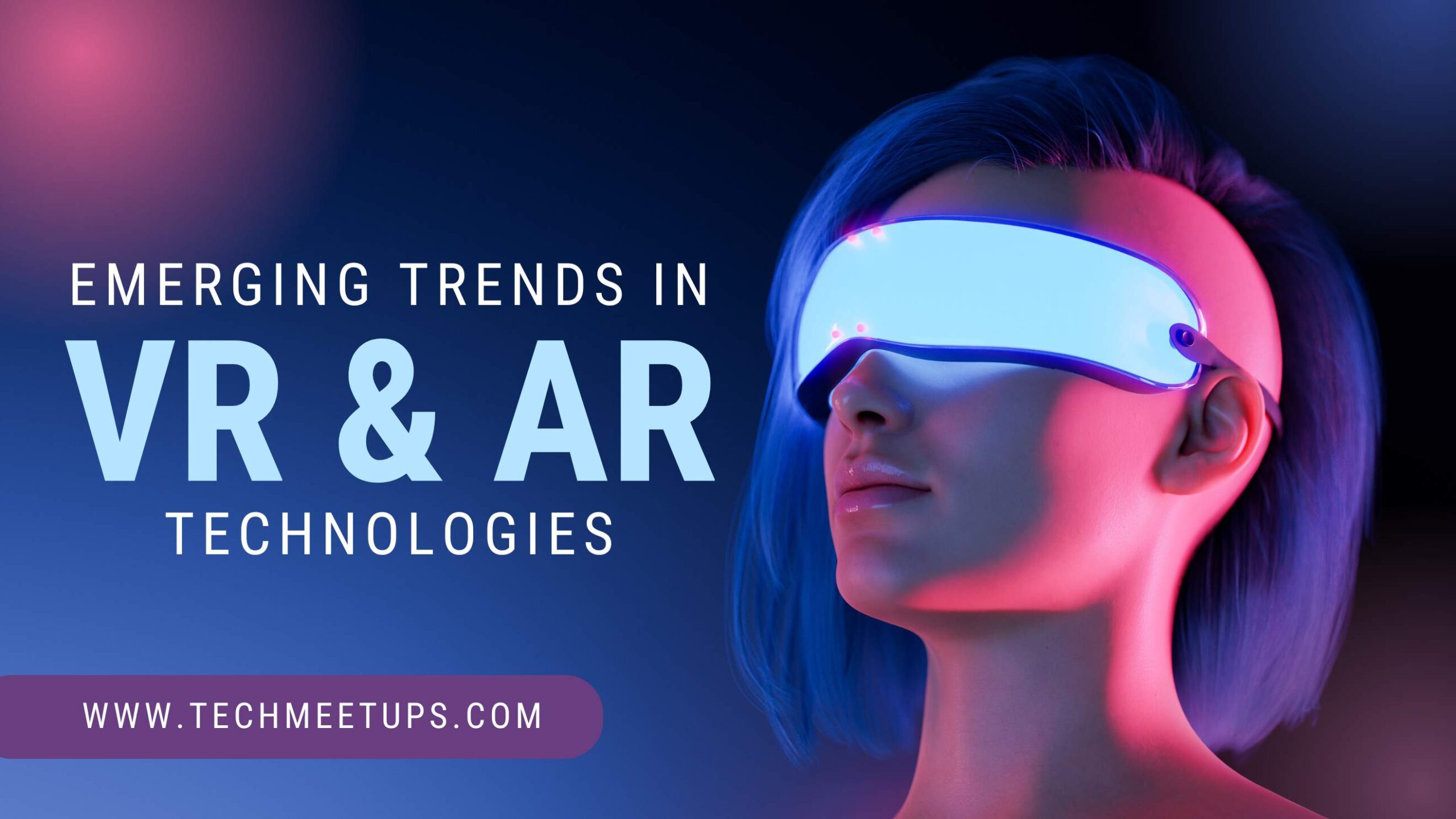Emerging Trends in Augmented Reality: Shaping the Future of Technology
Augmented Reality (AR) is no longer confined to the realms of science fiction or niche applications. It has grown into a transformative technology,
shaping industries from entertainment to healthcare. As AR continues to evolve, several key trends are emerging that signal its growing maturity and potential. Here, we explore the most significant trends in AR that are defining its future.
1. AR in the Workplace: Revolutionizing Productivity
Businesses are increasingly adopting AR to improve productivity, collaboration, and training. From overlaying instructions in manufacturing environments to facilitating remote assistance in technical fields, AR is becoming a vital tool for enterprises. AR-powered platforms such as Microsoft HoloLens are enabling workers to visualize data in real-time, reducing errors and enhancing decision-making.
2. Enhanced AR Wearables
AR wearables are advancing rapidly, with devices becoming more lightweight, comfortable, and functional. Companies like Apple, Meta, and Magic Leap are developing sophisticated AR glasses that seamlessly integrate with daily life. These wearables are expected to bridge the gap between the physical and digital worlds, providing users with intuitive and immersive experiences.
3. AI and AR Integration
Artificial Intelligence (AI) is playing a crucial role in enhancing AR capabilities. With AI, AR applications can better understand context, recognize objects, and adapt to user behavior. For instance, AI-powered AR can provide real-time translations, personalized content, and intelligent virtual assistants, making interactions more intuitive and effective.
4. Immersive Retail Experiences
The retail sector is leveraging AR to create immersive shopping experiences. AR enables customers to visualize products in their environment, try on virtual clothing, or preview furniture in their homes. Retail giants like IKEA and Sephora are leading the way, offering apps that enhance customer engagement and reduce returns by enabling informed purchase decisions.
5. AR in Healthcare and Education
AR is transforming healthcare by assisting in medical training, diagnostics, and surgery. Surgeons can use AR to visualize organs and tissues during procedures, improving precision and outcomes. In education, AR is providing interactive learning experiences, making complex subjects like anatomy or physics more engaging and comprehensible.
6. Social Media and AR
Platforms such as Instagram, Snapchat, and TikTok have popularized AR filters, and this trend shows no signs of slowing down. AR is also enabling new forms of social interaction, such as virtual gatherings and shared experiences, which gained prominence during the pandemic. As AR becomes more accessible, social media is likely to remain a primary driver of its adoption.
7. 5G and Cloud AR
The rollout of 5G networks is unlocking the potential of cloud-based AR, enabling faster data transfer and reducing latency. This means AR applications can run seamlessly without relying on high-powered local hardware. Cloud AR is paving the way for more scalable and collaborative experiences, such as multi-user environments and city-scale AR navigation.
8. Gamification and AR Entertainment
AR continues to revolutionize gaming and entertainment. Popular games like Pokémon GO have set the stage for location-based AR experiences. The future promises even more immersive AR games that blur the boundaries between the virtual and real worlds. Additionally, AR is making its way into live events, theme parks, and museums, enhancing audience engagement.
9. Environmental and Urban Planning
AR is proving invaluable in architecture, urban planning, and environmental design. By overlaying virtual models onto real-world spaces, AR enables architects and planners to visualize projects at scale. This technology is also aiding in environmental conservation by simulating the impact of interventions on ecosystems.
10. Privacy and Ethical Considerations
As AR becomes more pervasive, concerns about privacy and ethics are rising. The collection and use of AR data, including spatial and biometric information, require robust safeguards. Companies and regulators must address these challenges to ensure AR technologies are developed responsibly.
Conclusion
Augmented Reality is poised to become a cornerstone of technological innovation, influencing various aspects of our lives. As AR technology matures, its potential applications will expand, transforming industries and redefining human interaction with the digital world. Staying ahead of these emerging trends will be crucial for businesses, developers, and users alike as we navigate the exciting possibilities of an augmented future.

